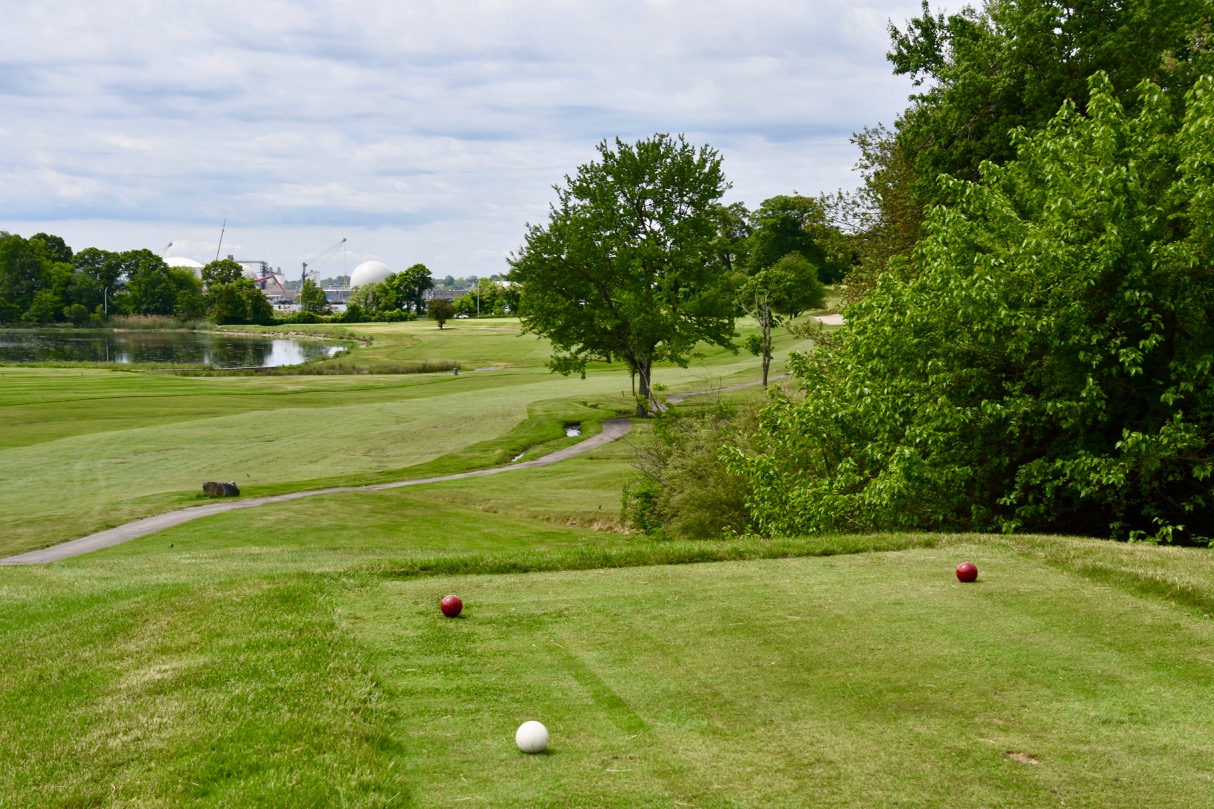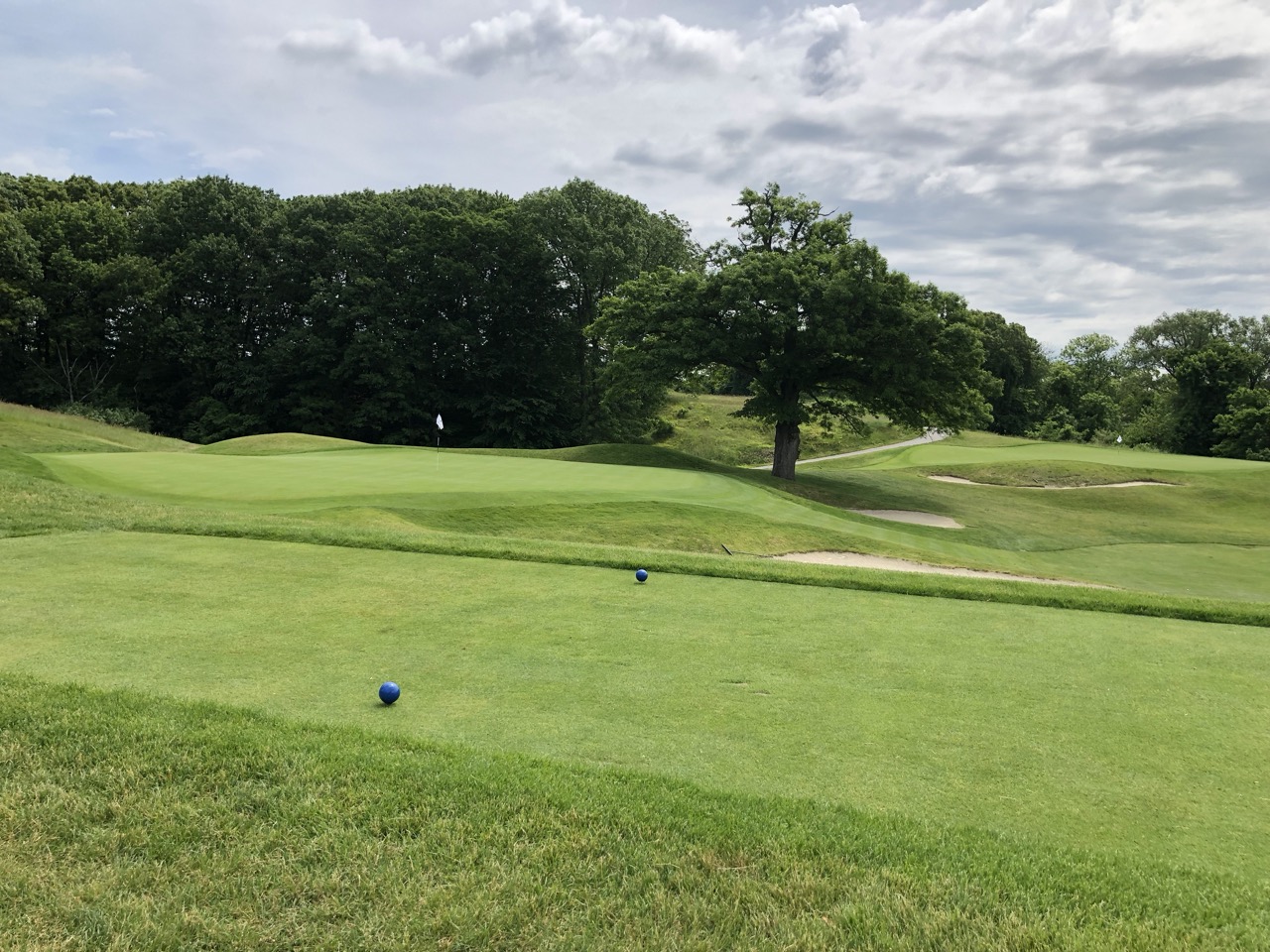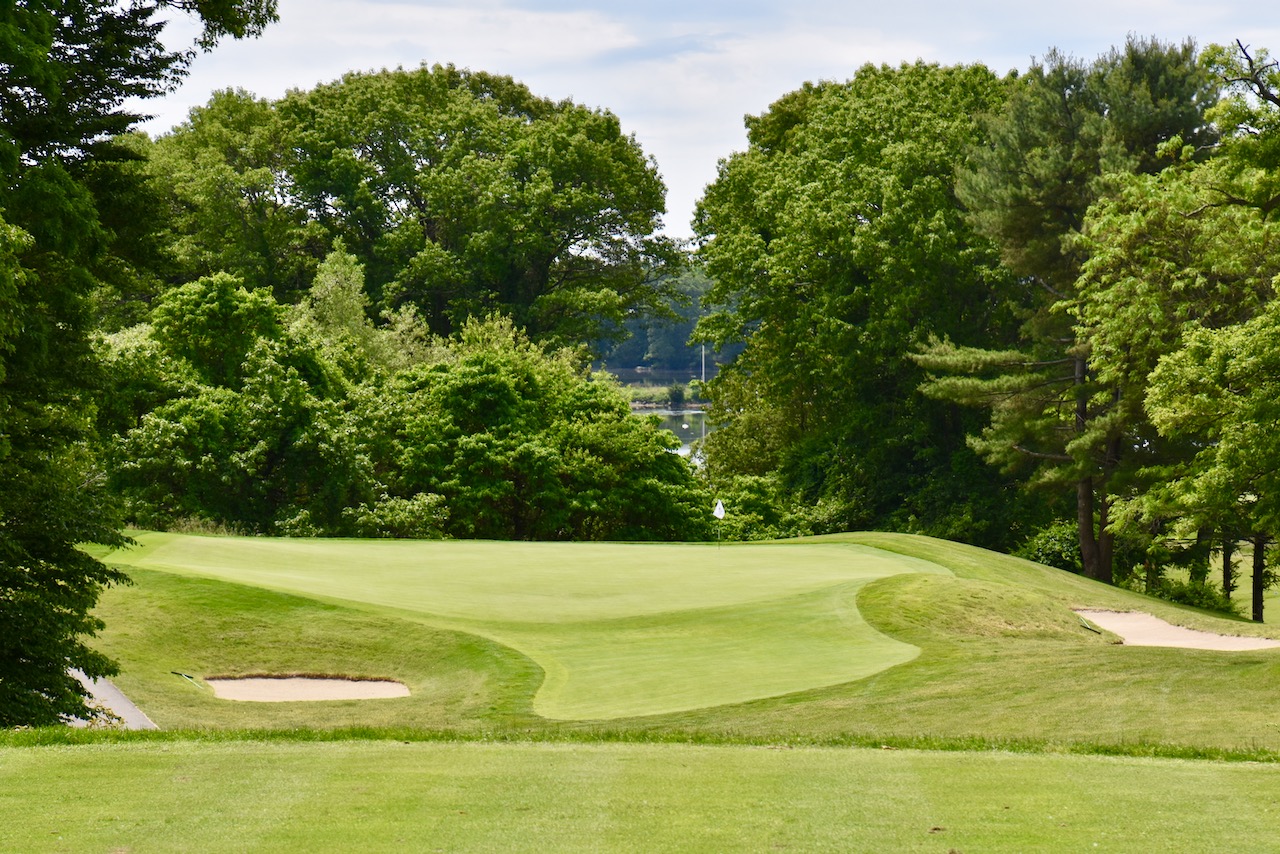This is the time of year that any of us who write about golf and golf communities receive press releases from golf communities touting their placement on Where to Retire magazine’s list of the “50 Best Master-Planned Communities in the U.S.” That sounds pretty good when you consider that there are thousands of master-planned communities in the United States.
Simply Not The Best
The fact is that the universe for Where to Retire’s choices is probably a couple hundred communities at most, and a fairer title for the award would be “50 Best Master-Planned Communities that Advertise in Our Magazine.” For example, the only two ads on the Where to Retire website page that lists the Top 50 are from two of the winners.
If you want to know which communities made the Top 50, you can access the list by clicking here.
I am not going to disparage those communities in this space because I have visited some of them and they are of high quality, including Brunswick Forest, Carolina Colours and Compass Pointe; I have even helped clients purchase homes in a few. And according to some communities I spoke with – see below – they were assured advertising in the magazine did not necessarily mean they were going to make the list.
Customer Disservice
Many retirees rely on Where to Retire for guidance, thinking the magazine makes a purely editorial judgment about the best communities in the land. If you choose to consider and visit only the communities on the Where to Retire list, you will be missing dozens of others that will meet your requirements and that, possibly, exceed the qualities of the relatively few on the magazine’s list.
It is understandable that some communities choose to advertise in Where to Retire in order to get their names in front of the magazine’s 200,000 readers, many of whom are looking for a place to live. Such exposure is the purpose of good marketing. But Where to Retire, which bills itself as “The Authority on Retirement Relocation,” does its readers a disservice when it fails to make clear that its Top 50 are culled substantially from its advertisers.
No Quid Pro Quo Here
To avoid any quid pro quo – “advertise and we will name you to our Top 50” – Where to Retire’s sales reps are coy about the connection between ad spend and the list.
“My sales rep heavily encouraged my advertising,” one community’s marketing executive told me, “but made it clear that advertising would make no bearing on the decision to include [our community] in the list. [However] I [later] answered a very long questionnaire and did a telephone interview. I also had to give the names of three residents for an interview.” This marketing executive told me her community found out it was in the Top 50 the day the magazine published the list a couple of weeks ago.
A general manager from another community that I know well and admire was not sure why his community made the list.
“We do advertise in WTR but on a pretty limited basis, less than we did in the past,” he told me. “I suspect, but do not know, that the pool of the best is picked from among those communities that advertise, and perhaps those that have in the past advertised, and perhaps those they are hoping would advertise.”
When you see a press release from a community touting its status as a Top 50 Where to Retire community, understand that they paid for the honor whether they knew it at the time or not. Caveat emptor, dear reader.


























